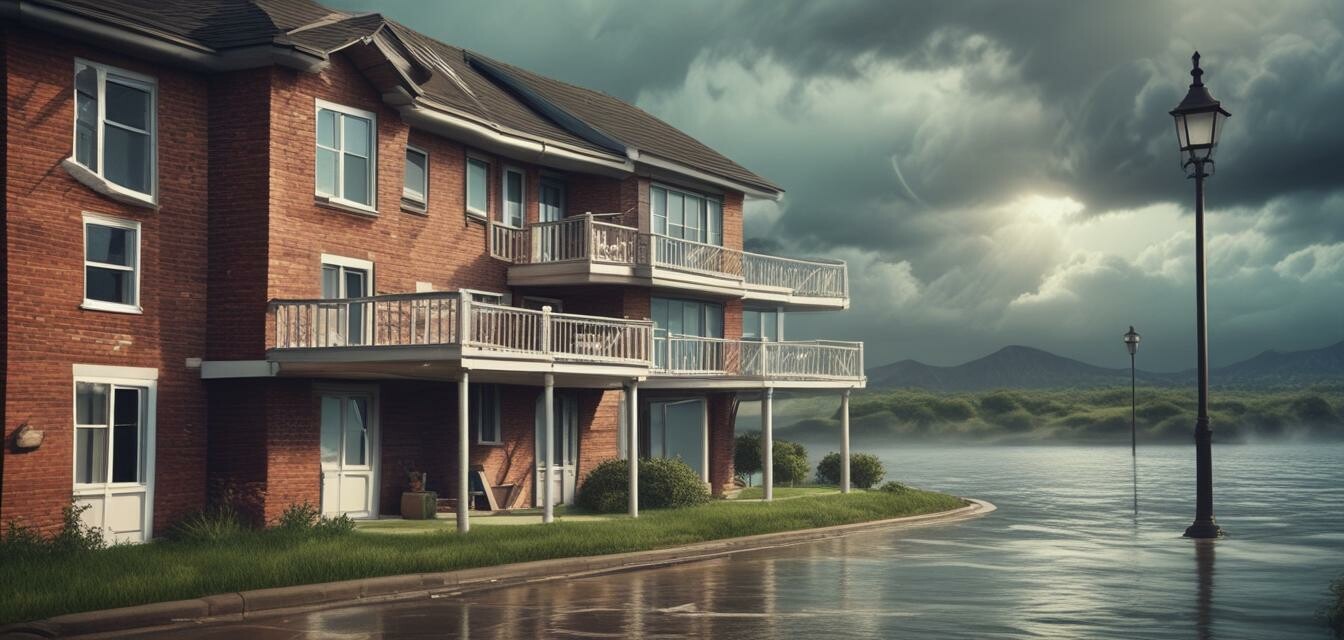
Smart Home Security
The Impact of Climate Change on Home Security Strategies
Key Takeaways
- Climate change is influencing the risks homeowners face.
- Surveillance technologies are evolving to meet new environmental challenges.
- Proactive home security strategies are necessary to address potential disasters.
- Adaptation in home construction plays a vital role in enhancing security.
The world is undergoing significant changes due to climate change, which impacts various facets of our lives—including home security. The increasing frequency of extreme weather events such as storms, floods, and wildfires is reshaping how we think about the safety and security of our homes. This article explores the effects of climate change on home security strategies, highlighting the need for adaptation in both technology and planning.
Understanding the connection between climate change and home security
As the climate continues to shift, so do the risks associated with home security. Traditional security measures may not adequately address new threats arising from environmental changes. Here, we delve into the primary connections between climate change and security strategies:
| Climate Change Impact | Security Challenge | Recommended Strategy |
|---|---|---|
| Extreme weather events | Property damage from storms or flooding | Install reinforced doors and windows |
| Rising sea levels | Increased risk of flooding | Elevate homes and consider water-resistant materials |
| Increased wildfires | Structural integrity at risk | Implement a defensible space around your home |
| Power outages | Security systems may fail | Backup power solutions, like generators or battery systems |
Technological advancements in security
In response to the changing landscape, the tech industry is evolving as well. Innovations in home security are adapting to meet new challenges. Here's how:
- Enhanced surveillance systems: Modern outdoor cameras are now designed to withstand harsh weather conditions and provide consistent monitoring.
- Smart home integration: Systems can now include environmental sensors that alert homeowners to flooding, temperature changes, or smoke.
- Automation features: Smart locks and lighting systems that can be controlled remotely help maintain security even during absences.
- Data-driven response tools: AI integrations help analyze environmental risks and adjust security protocols accordingly.
Adapting home construction to climate challenges
Beyond technology, homeowners are increasingly focused on adapting their physical spaces. Here are some construction strategies that improve home security in the face of climate change:
- Use resilient materials: Choosing materials that can withstand extreme weather can help ensure your home stands the test of time.
- Invest in energy-efficient solutions: Enhancing insulation and energy use can help reduce waste and combat climate change.
- Consider landscaping: Implementing trees and shrubs strategically can help shield your home from harsh winds and serve as natural barriers.
- Building codes compliance: Staying updated with local building codes that take climate risks into account is crucial for long-term safety.
Preparing for future challenges
Homeowners need to adopt a proactive approach as climate change escalates. Here are some strategies for future-proofing your home security:
Tips for enhancing home security in a changing climate
- Regularly review and update your home safety plans.
- Stay informed about local climate forecasts and potential threats.
- Invest in comprehensive insurance that covers natural disasters.
- Connect with your community for support and information-sharing on security advancements.
Conclusion
As we navigate the challenges posed by climate change, it becomes increasingly vital to adapt our home security strategies. By embracing new technologies and construction techniques, we can not only enhance the safety of our homes but also contribute to a more sustainable future. To learn more about evolving technologies, check out our guide on smart security solution buying guides, or for ongoing developments in the field, explore our recent updates in home security news and trends.
Pros
- Enhanced safety and security for homes in vulnerable areas.
- Integration of modern technology boosts peace of mind.
- Adaptation can increase home value and appeal.
Cons
- Initial costs of upgrading systems and structures can be high.
- Depending on technology can make systems vulnerable to cyber threats.